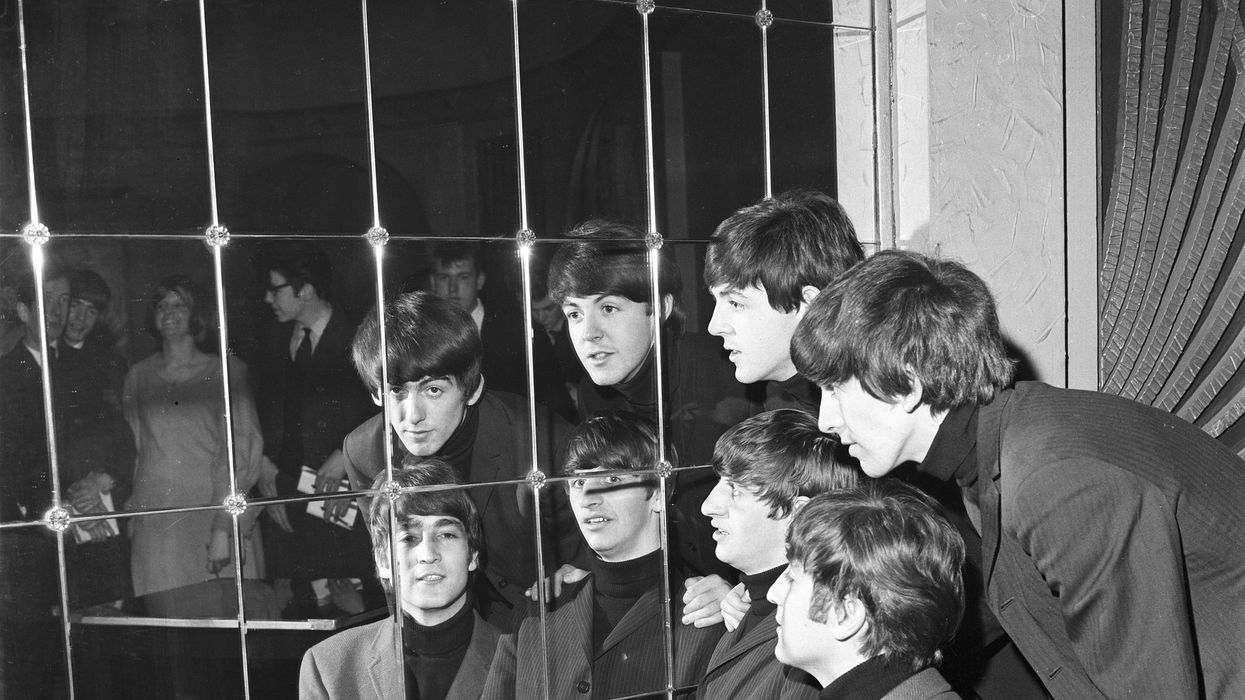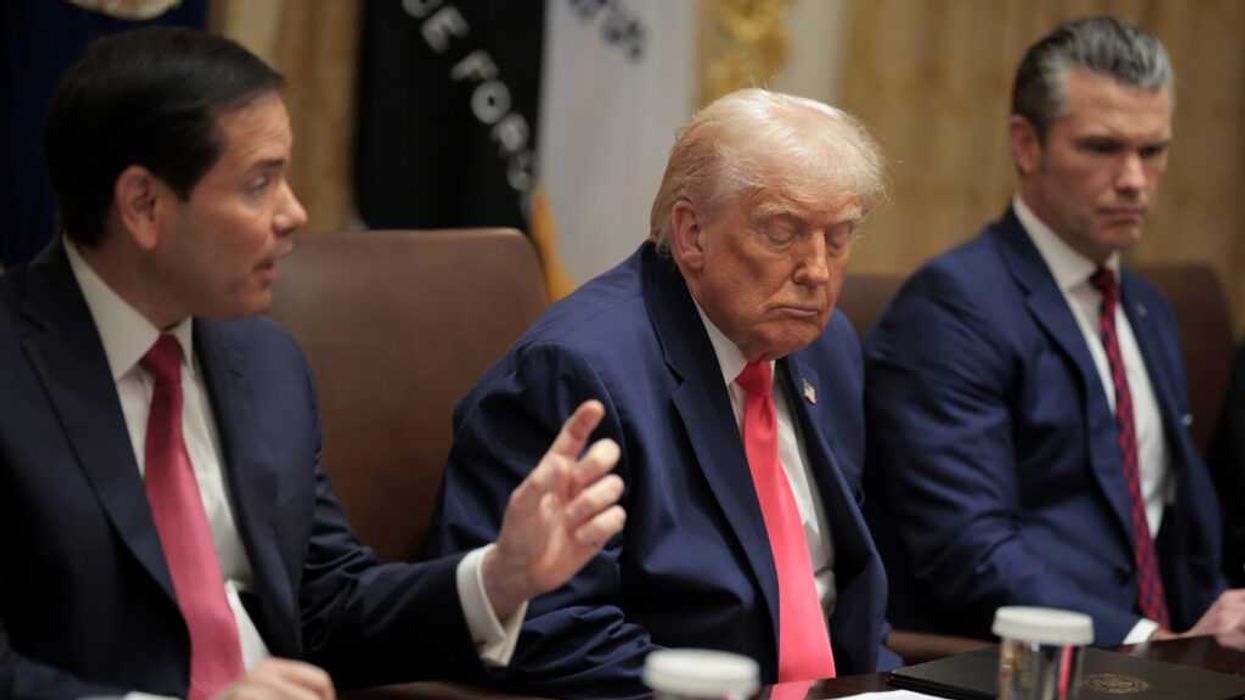Nevins is co-publisher of The Fulcrum and co-founder and board chairman of the Bridge Alliance Education Fund.
The next seven months are going to be divisive times in America. Once again, the suffocating partisanship that most of us abhor will be on display as we approach the November elections.
Fasten your seat belts and get ready for the madness.
Perhaps you’ll be appalled, but certainly not surprised, as you watch the behaviors of the candidates posturing against each other with twisted facts and vitriolic disdain solely to win the sacred trust of the electorate. It feels as if our political discourse has become a war of opposing clans that value defeating the opposition over working constructively on behalf of all citizens. But now more than ever, our political reality demands our observation and introspection on what role we can play in steering that discourse in a more constructive direction.
In these moments of apprehension, I find solace in the timeless and iconic song “Let It Be” by The Beatles. The song, written by Paul McCartney, carries a profound message of releasing anger and pain and finding hope and resilience amidst adversity. Its essence – to let go and trust in the emergence of wisdom and guidance during times of trouble – is a beacon of light not just for personal peace but also as a guiding principle for our collective societal challenges.
And Lord knows that is what our country and, for that matter, the world needs today.
The song is not only about the anger and the pain but also about surrender and acceptance of the present and releasing the need to know how everything will turn out. That’s easy to say but not easy to feel as we stand divided, often fearing the consequences of the “other side’s” victory.
Yet it would be wise if more of us heeded simple but meaningful lyrics in these divisive times.
When I find myself in times of trouble, Mother Mary comes to me
Speaking words of wisdom, let it be
And in my hour of darkness she is standing right in front of me
Speaking words of wisdom, let it be
Let it be, let it be, let it be, let it be
It is inevitable that throughout the coming months, you will become emotionally charged as you listen to the words of politicians meant to divide us. As that happens, perhaps let the refrain serve as your mantra:
When I find myself in times of trouble, Mother Mary comes to me
Speaking words of wisdom, let it be
And in my hour of darkness she is standing right in front of me
Speaking words of wisdom, let it be
Let it be, let it be, let it be, let it be
And ask yourself: Is this divisive behavior by our leaders in any way addressing the critical issues facing our country? Is the rhetoric they use to garner your sacred trust just misleading rhetoric and extreme polarizing antics lacking any sense of decency? If so, reject this message and just “let it be.”
Let it be, but not in the sense of giving up. Instead, let it be as a conscious effort to give up on bitterness and resentment so that each of us, individually and collectively, can move forward.
Be an advocate for healing the divide that separates us as a nation. This certainly will not be easy since the conflict profiteers are constantly appealing to the worst in all of us.
As McCartney’s soul mate and fellow Beatle John Lennon said, “perhaps I am a dreamer” but dream on I will. If, just for one moment, we can put ourselves in someone else’s shoes and look at a situation through the eyes of others, how much better will we be as a nation?
And so America, as I approach a tumultuous seven months, and I fear the worst, I will find peace as McCartney’s words echo in my mind:
I wake up to the sound of music, Mother Mary comes to me
Speaking words of wisdom, let it be
And let it be, let it be, let it be, let it be
Whisper words of wisdom, let it be
And let it be, let it be, let it be, let it be
Whisper words of wisdom, let it be
Enjoy “Let it Be” at Live Aid in 1985:
Paul McCartney - Let It Be (Live Aid 1985)youtu.be























